Not a single day goes by when we don’t hear about the critical importance of food safety. We need to develop, embrace and encourage a robust food-safety culture, we’re told. We have to tirelessly reassess and verify the effectiveness of our food-safety programs, we’re led to believe. We have to invest in, and then build into our facilities, the best leading-edge interventions. And, we have to implement and invest in an increasing level of environmental and food product sampling and testing, it is suggested.
That all sounds really great, but the reality is: We face substantial underlying fundamental problems when it comes to improving food safety.
Each of the items I describe above cost money. Some of them, such as new infrastructure to support new interventions, cost a lot of money. And, what happens when our competitors are not investing in these initiatives? Well, our competitors can sell a lot more product for a lot less money, and they will have a substantial economic advantage. And, a dis-incentive for food safety.
Set economics aside. What happens if companies who are aggressively testing finished products for pathogens actually find them (and, trust me, they will)?
Well, in most instances, a positive finding in a finished product will trigger a protracted and uncomfortable governmental response requiring proof of containment (when, in some instances, it’s nearly impossible to convince the government of anything). These companies also in many instances will be subjected to undeserved, drawn-out scrutiny of their operating programs.
The end result is that, while Company A (which tests for pathogens) struggles for days or weeks to survive USDA’s criticism and scrutiny after finding them, Company B (which does not test for pathogens) will keep shipping contaminated product under the watchful eye of USDA.
“Why test,” these companies might ask, “when testing only creates more regulatory problems?”
Revealing yet another significant dis-incentive.
So, where is the incentive for competitors to invest more deeply in food safety? Well, we should each be doing what we reasonably can because it’s the right thing to do. However, we also need some help from an economic and regulatory standpoint. USDA needs to encourage the development and use of new technologies and testing programs, and then aggressively reward those companies that use them.
In next month’s column, I will detail some ideas that can help reverse this paradigm.
And, while you may have to wait until then to hear what it is I have to say, I hope I’ve created at least some incentive for you to return — for the sake of food safety.
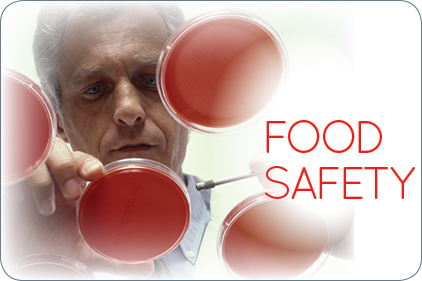

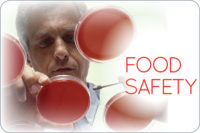
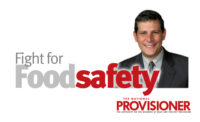
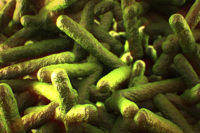

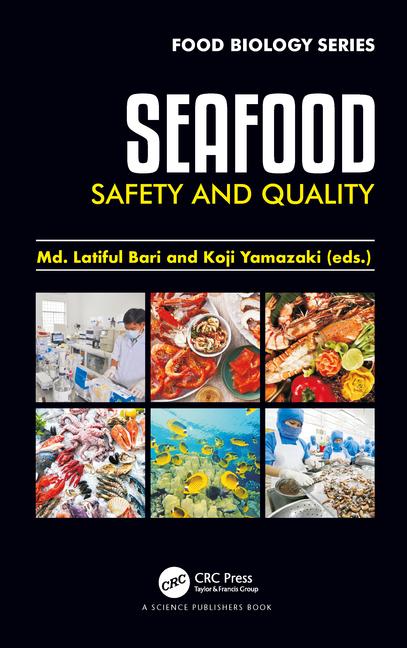

Report Abusive Comment